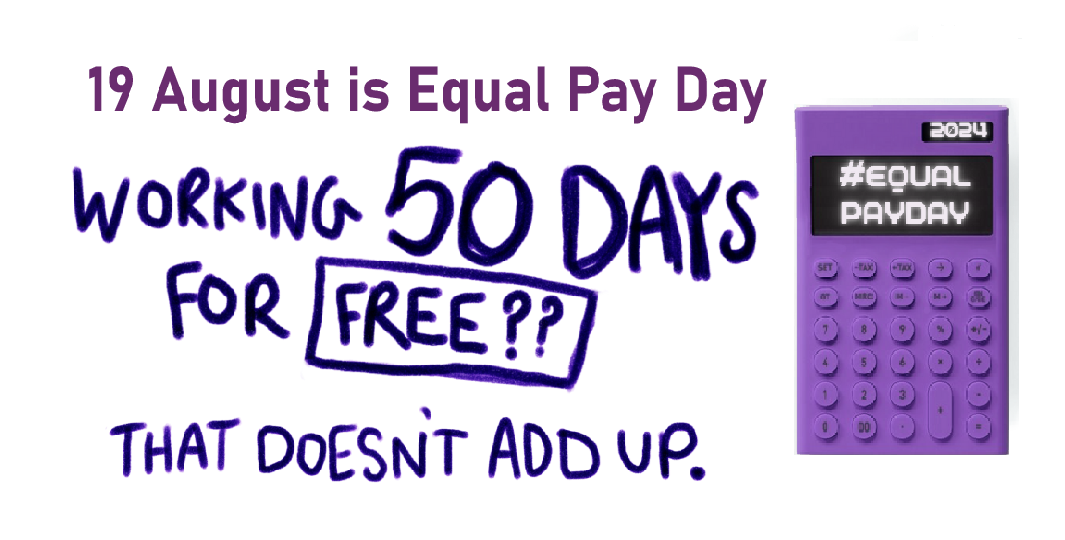Today (19 August) is Equal Pay Day – 50 days into the new financial year.
That’s how many additional days Australian women must work to earn the same, on average, that men did in the last financial year.
Each year, the Workplace Gender Equality Agency (WGEA) calculates the day based off average weekly earnings data collected by the ABS.
The figure measures how we value the workplace contributions of men and women. In 2024, it just doesn’t add up.
Queensland has the third largest pay gap in the country.
The gender pay gap is driven by various barriers to complete and equal participation at work, including a lack of workplace flexibility to accommodate caring responsibilities, the disproportionate share of unpaid caring work carried by women, and workplace discrimination and bias.
Over 30 years, our team at Working Women Queensland has spoken with tens of thousands of Queensland women, witnessing the real-life impact of gender inequality across the State.
Women like Jenny,* who lives in Walloon with her husband and three young children. Jenny works as a casual at a local manufacturer following the birth of her youngest child.
On her way to work, Jenny drops her kids at daycare when it opens. If there is an accident or traffic on the Warrego Highway, she risks being late for work. Jenny recently asked her employer to delay her start time by 15 minutes, but her boss refused. Every day, Jenny feels anxious about being late, getting in trouble and not getting any more shifts.
Jenny has watched as many of her male colleagues have been offered conversion to permanent part-time positions, while she has been kept casual despite being employed longer. When Jenny asked why, her manager told her that he was “watching how many days she would use her baby as an excuse” not to attend work.
The pressure for Jenny is immense, causing strains on her relationships at work and at home.
Discrimination due to caring or family responsibilities is a driver of gender inequality in the workplace. Women disproportionately carry the burden of unpaid care which impacts participation in the workforce. Access to flexible work, affordable childcare and shared parental leave schemes are vital to removing barriers to participation, as are supportive work cultures.
Female dominated industries and roles typically attract lower wages. The gender pay gap is often worse in male dominated industries with gender segregation by job type or industry simply making things worse.
Sophia*, an apprentice working in Logan, was one of the only women on her worksite. As part of her apprenticeship, Sophia had to get her workbooks signed off by a supervisor.
Sophia’s supervisor gave her cleaning and kitchen duties and told her he would not sign off the workbooks until she finished. Sophia was expected to do these additional duties outside of her regular work hours, and was teased by her colleagues, who called her “Sadie the cleaning lady”.
When she refused to do the additional cleaning, Sophia’s supervisor refused to sign off her books.
Changing community attitudes towards male dominated and female dominated industries and roles, as well as the elimination of gender discrimination and bias play an important role in preventing experiences such as Sophia’s.
The theme for this year’s Equal Pay Day is “it doesn’t add up”.
All Queensland workplaces must identify and act on opportunities to reduce gender inequality and end the gender pay gap.
All Queenslanders will benefit from gender equality in our workplaces.

